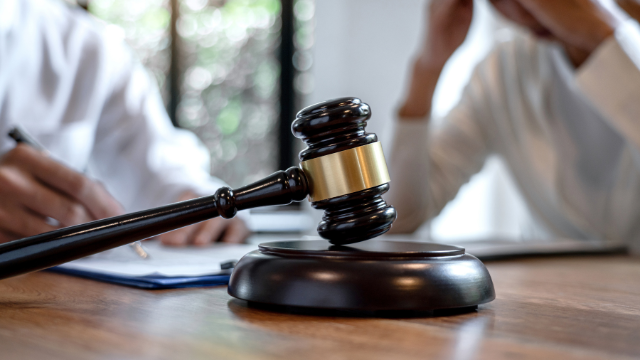Recovery of arrear levies: an overview of executing judgment debts in terms of The Magistrates’ Courts Act No 32 Of 1944
As trustees who have recently obtained a judgment against an owner in respect of arrear levies, you may be considering how to effectively enforce this judgment. STS receives numerous queries on a regular basis regarding the recovery of arrear levies, which can be a complex process, especially after obtaining a court judgment.
In this post, we have put together a brief guide summarising the execution options available in terms of The Magistrates’ Courts Act 32 of 1944 (the “Act”) which can be discussed with the scheme’s legal service providers.
Section 65 financial enquiry
- Act’s reference: Section 65A.
- Process: A court enquiry into the debtor’s financial situation to establish an enforceable repayment plan.
- Application: Ideal for situations where there’s uncertainty about the debtor’s ability to pay.
Emoluments attachment order
- Act’s reference: Section 65J.
- Process: The creditor obtains an order for the debtor’s employer to withhold part of their wages or salary to satisfy the debt.
- Application: Suitable for employed debtors with a steady income.
Attachment of movable property
- Act’s reference: Sections 66 and 67.
- Process: A Warrant of execution is issued by the court, authorising the sheriff to attach and auction the debtor’s movable property.
- Application: Best for debtors with tangible assets such as vehicles, furniture, or machinery.
Attachment of immovable property
- Act’s reference: Sections 66 and 67.
- Process: The court orders the attachment and auction of the debtor’s immovable property (for example, the sectional title unit) to cover the debt.
- Application: Ideal for situations where there’s uncertainty about the debtor’s ability to pay.
Attachment of debts (Garnishee order)
- Act’s reference: Section 72.
- Process: A third party owing money to the debtor is ordered to pay the creditor directly.
- Application: Useful when the debtor is due payments from rentals, contracts, or other sources.
Sequestration or Liquidation
- Act’s reference: Not directly under the Magistrates’ Courts Act but governed by the Insolvency Act 24 of 1936.
- Process: The debtor’s estate is declared insolvent, and assets are liquidated to pay creditors.
- Application: Applicable to substantial debts where comprehensive recovery efforts are justified.
Trustees and stakeholders need to adopt a strategic approach based on the debtor’s assets and financial health when selecting an enforcement method. Engaging legal service providers familiar with these procedures can also ensure that all actions are compliant with the Act and optimised for the best possible outcome in debt recovery efforts.






